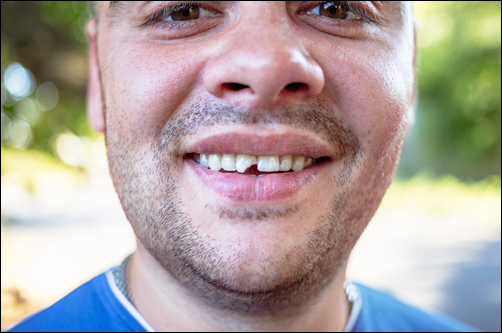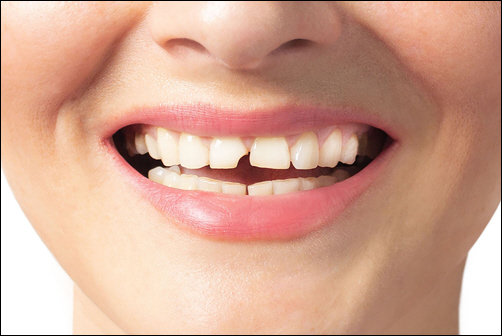Traumatic tooth injuries happen unexpectedly, often from sports, accidents, or falls, and they can range from minor chips to severely damaged or even knocked-out teeth. When a tooth suffers trauma, prompt care is essential to save the tooth and prevent long-term complications. Here’s what you need to know about common traumatic tooth injuries and the restorative options available to repair and restore your smile.
Types of Traumatic Tooth Injuries
Traumatic injuries to teeth can vary widely in severity:
 Chipped or Cracked Teeth: The outer enamel of the tooth can chip or crack, leaving the inner dentin exposed. This can lead to sensitivity, pain, and even infection if left untreated. Minor chips may only affect the enamel, while deeper cracks can extend into the root.
Chipped or Cracked Teeth: The outer enamel of the tooth can chip or crack, leaving the inner dentin exposed. This can lead to sensitivity, pain, and even infection if left untreated. Minor chips may only affect the enamel, while deeper cracks can extend into the root.- Fractured Teeth: In a fracture, part of the tooth breaks off, leaving it weakened and vulnerable. Fractures can occur above or below the gumline. A fractured tooth often requires more extensive treatment, especially if it impacts the inner pulp or root.
- Luxation (Tooth Displacement): In a luxation injury, the tooth gets partially dislodged but remains in the socket. A luxated tooth may shift outward or become pushed deeper into the gums. This type of injury can damage the tooth’s roots and supporting structures.
- Avulsion (Knocked-Out Tooth): An avulsed tooth has been completely knocked out of its socket. Immediate treatment is crucial for replanting the tooth and restoring it to health. Dentists can often reinsert a knocked-out tooth if you act quickly, ideally within 30 minutes of the injury.
Restorative Options for Traumatic Tooth Injuries
Dentists offer a range of restorative options depending on the type and extent of the injury. Restoring a damaged tooth not only preserves function but also protects your smile.
- Dental Bonding: For minor chips or small cracks, dental bonding provides an effective and quick fix. In this procedure, your dentist applies a tooth-colored resin to the damaged area, shaping and polishing it to match your natural tooth. Bonding is particularly useful for repairing small fractures on front teeth, restoring their appearance without invasive treatment.
- Crowns: If the damage extends beyond the enamel, a dental crown may be necessary. Crowns cover the entire tooth, providing strength and protection while maintaining a natural look. Dentists often recommend crowns for larger fractures or cracks that impact chewing surfaces or compromise tooth structure.
- Root Canal Therapy: When a fracture or luxation exposes the inner pulp, root canal therapy is often required to remove damaged tissue and prevent infection. Following a root canal, the tooth is usually restored with a crown to ensure durability and function.
- Dental Implants: In cases where a tooth cannot be saved, dental implants provide a permanent replacement option. Implants consist of a titanium post that fuses with the jawbone, supporting a natural-looking crown. This solution is ideal for knocked-out teeth that can’t be replanted or for teeth too damaged to be restored.
- Replantation for Knocked-Out Teeth: If a tooth is knocked out, immediate replantation is possible with prompt care. If the tooth is still intact, place it back in the socket if possible or store it in milk, and head to your dentist immediately. With quick action, dentists can often reattach the tooth and stabilize it, allowing it to heal.
Acting Quickly Matters
Traumatic tooth injuries require immediate attention to avoid complications. Prompt care improves the chances of saving the tooth and prevents further damage to the surrounding structures. Restorative options provide the tools necessary to rebuild damaged teeth, allowing you to maintain function and keep your smile looking its best.
By knowing your options and acting quickly, you can protect your teeth, restore your smile, and regain confidence after a traumatic injury.


